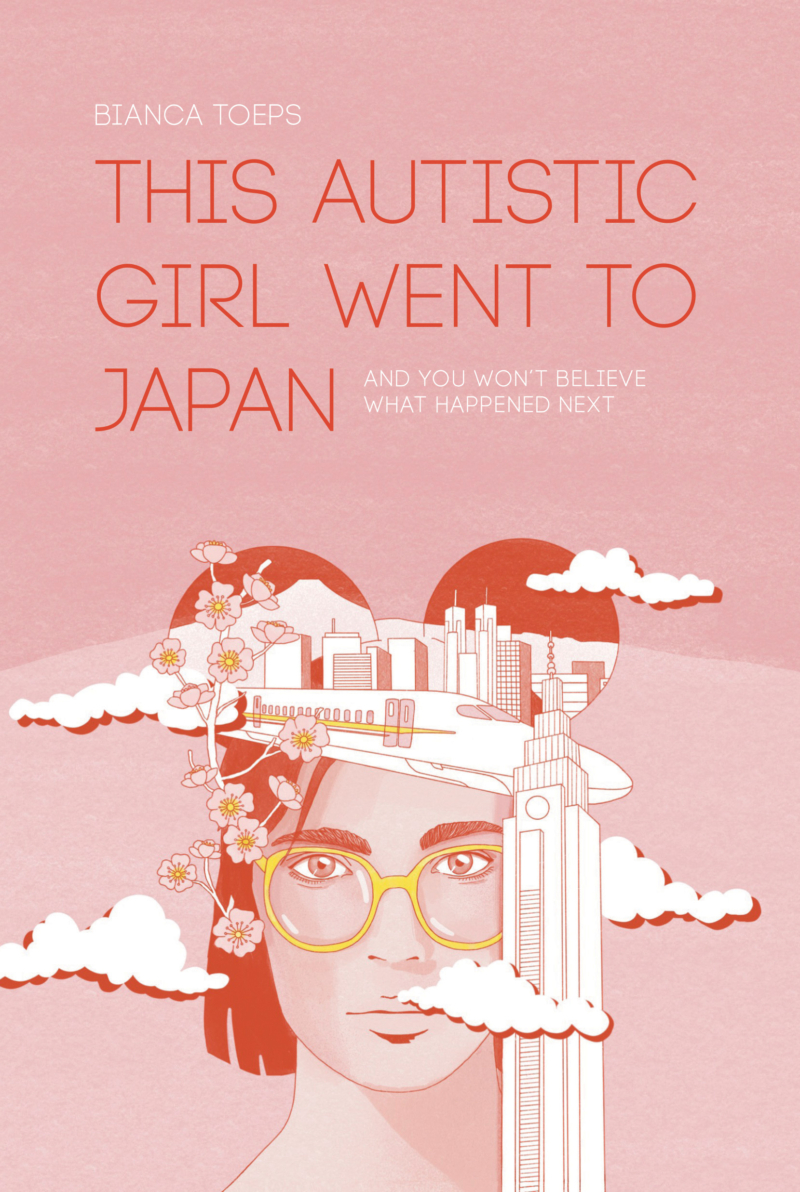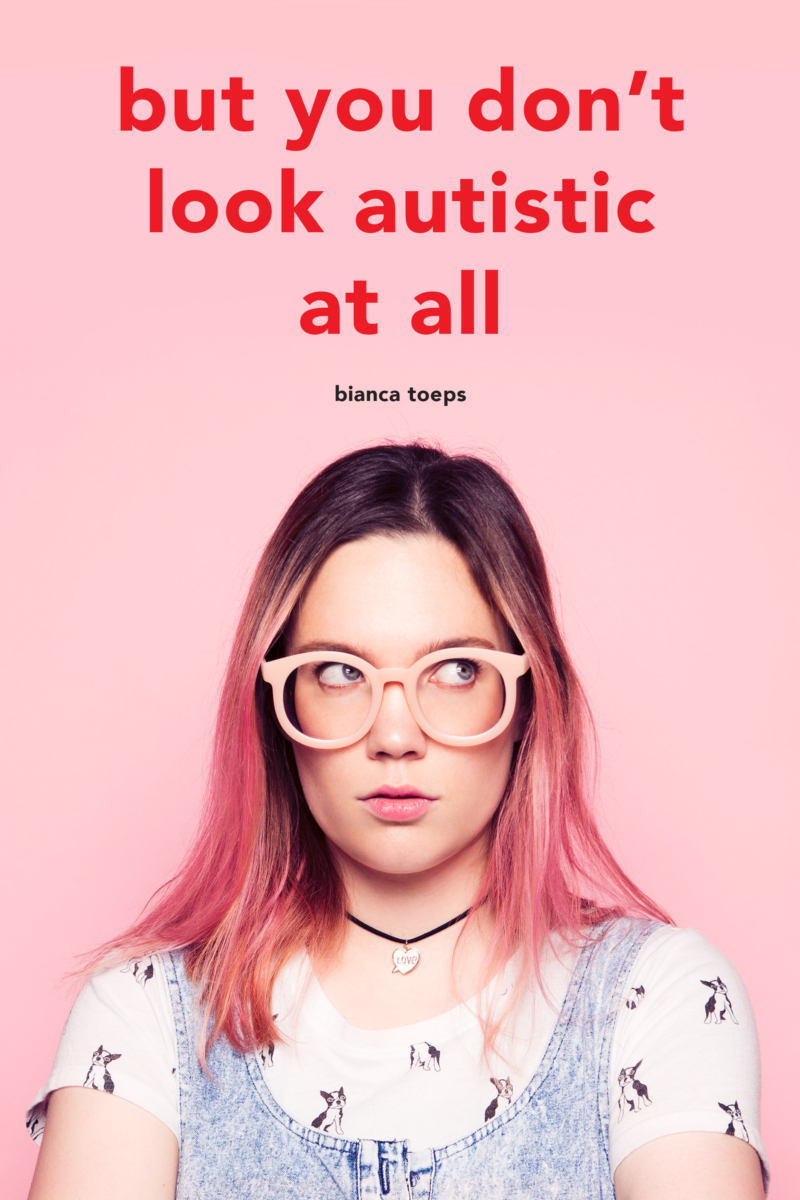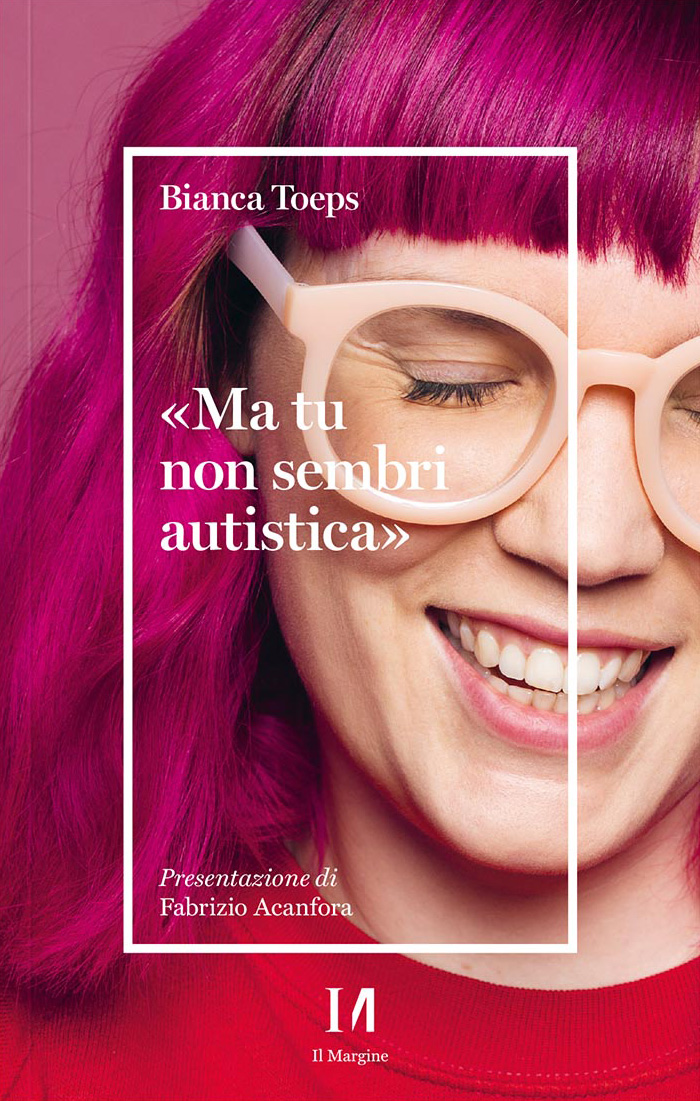Thanks to the launch of my new book (and a cringeworthy opinion piece in Trouw that we had to respond to), I have been in the papers, on the radio and even on TV over the past few months. While I was generally pleased with the coverage, I also worried from time to time, as some of the headlines were somewhat unsubtle. Although I invariably did my best to emphasize the diversity of both Japan and autism, that didn’t always come across well. And of course, this doesn’t just happen to me; I regularly see people on social media go wild over a headline or quote that makes me think: I’m curious as to how this was really said and/or meant. So in this article I think it would be useful to explain in detail how it works, interviews and such.
The type of story
There are different forms of press. There are interviews, reviews, but also those pieces of text that you might know best from Linda magazine, where about six women with a corresponding theme are portrayed and each is placed on a page, with a column of text next to it. The text is written in the first-person form, as if the woman in question is giving a monologue about herself. This is almost never the case.
Articles in this format are my least favorite, because the interviewer can almost invisibly steer the conversation in a certain direction, and/or put words in an interviewee’s mouth. You also see a variation of this format in reality TV, where the candidate comes on screen as the talking head and talks about what happened that day. Because of the editing, the candidate must speak in full sentences, repeating part of the question in them. So if an interviewer asks, “Do you think your intelligence is an advantage in this modeling competition?”, the candidate replies, “I don’t think my intelligence is an advantage in this modeling competition.” Yikes, the viewer thinks. What an arrogant piece of shit.
I myself once interviewed five girls for Broadly, a platform of Vice. That the piece ended up not being posted there is because the editors wanted me to write more about safety and #metoo in Japan. Now this was not an issue at all for the girls I spoke to – as a matter of fact, one of them explicitly said she felt more free in Japan. Of course there are perverts in Japan, as there are all over the world. But by asking about them in a piece written as a monologue, it seems like the topic is top of mind for the ladies. I was uncomfortable with the direction Vice wanted to give my interviews, and withdrew. I have no idea how it would have turned out otherwise, but I’m glad I followed my gut.

Factual inaccuracies
An interview for written media is sometimes a meeting, but more often a phone call. The journalist in question sometimes spends up to an hour and a half on the phone with you for one page. So you may have spent 50 minutes talking about your new book and ten minutes talking about something else that’s been bothering you, and then have the article be all about that. (I learned: never, ever say anything you don’t actually want in the paper.)
If you’re lucky, the journalist has prepared a bit and read the book, listened to the album, or whatever there is to discuss this time. If you’re unlucky, the journalist has no idea who you are and what you have to say, leaving you with a piece of text with a thousand mistakes in it.
Because yes, after the interview you are usually sent the article to check for factual inaccuracies. Usually, because it sometimes happens that under time pressure this is simply forgotten, that you are mailed the piece at 22:00 in the evening (“please respond before 7:00 tomorrow!”) or that – oopsie! – the unchecked version gets posted. But if the journalist acts properly, the piece is forwarded for review. It’s not like you can now just have the whole piece rewritten; it’s really about factual inaccuracies, not phrasing you would have preferred differently – though the degree of flexibility also depends on what kind of interview it is. A feel-good interview with a women’s magazine will be a little easier than an incisive political piece.
Last week there was some uproar on X (the website formerly known as Twitter) because a British newspaper described Dilan Yesilgoz as “the most famous Dutch refugee after Anne Frank.” Distasteful, absolutely. But tweeps blamed Yesilgoz and the VVD for this, and I don’t know if they were able to do anything about it. Other tweeps knew that media abroad are usually less transparent in terms of insight, and besides, this is technically a fact but actually more of an opinion. And I don’t think any newspaper is going to allow politicians to interfere with how they are portrayed.
Cuts and headlines
Even if you have read through the entire article and got rid of wrong dates and names, it can still all go wrong with the headline, and sometimes the intro. After all, these are not written by the journalist, but by the editorial staff. Headlines are meant to attract readers and are therefore deliberately abrasive, brief and extreme.
This week, the Haagsche Courant headlined, “Wonderful that everyone here (in Japan, that is) sticks to the rules.” Trouw in their online headline called writing “the most autistic profession there is” (now modified) and Nieuwe Revu headlined that “mystical” Japan was a “good country for autists.” Of course, this is not entirely untrue, and the article often says something similar, but with a lot more nuance. Although I do understand that a headline like “Japan is a good country for autistic people, or well, not all of them, of course, but Bianca Toeps likes it there, although there are definite drawbacks as well” doesn’t go down very well. Or fits.
Talking about size: Our opinion piece was shortened by Trouw, so now it seems as if it says that autistic people who solve mathematical problems or play the piano fantastically are not in assisted living. Or well, later it was mentioned that people who live in assisted living facilities can also excel in their talents, but the carefully modelled (and in my eyes logical) structure of the arguments was somewhat overthrown by the shuffling. My interview in the Haagsche Courant was also shortened by the editors, so that it now says that I discovered photography during my time in therapy, when in fact it was before.
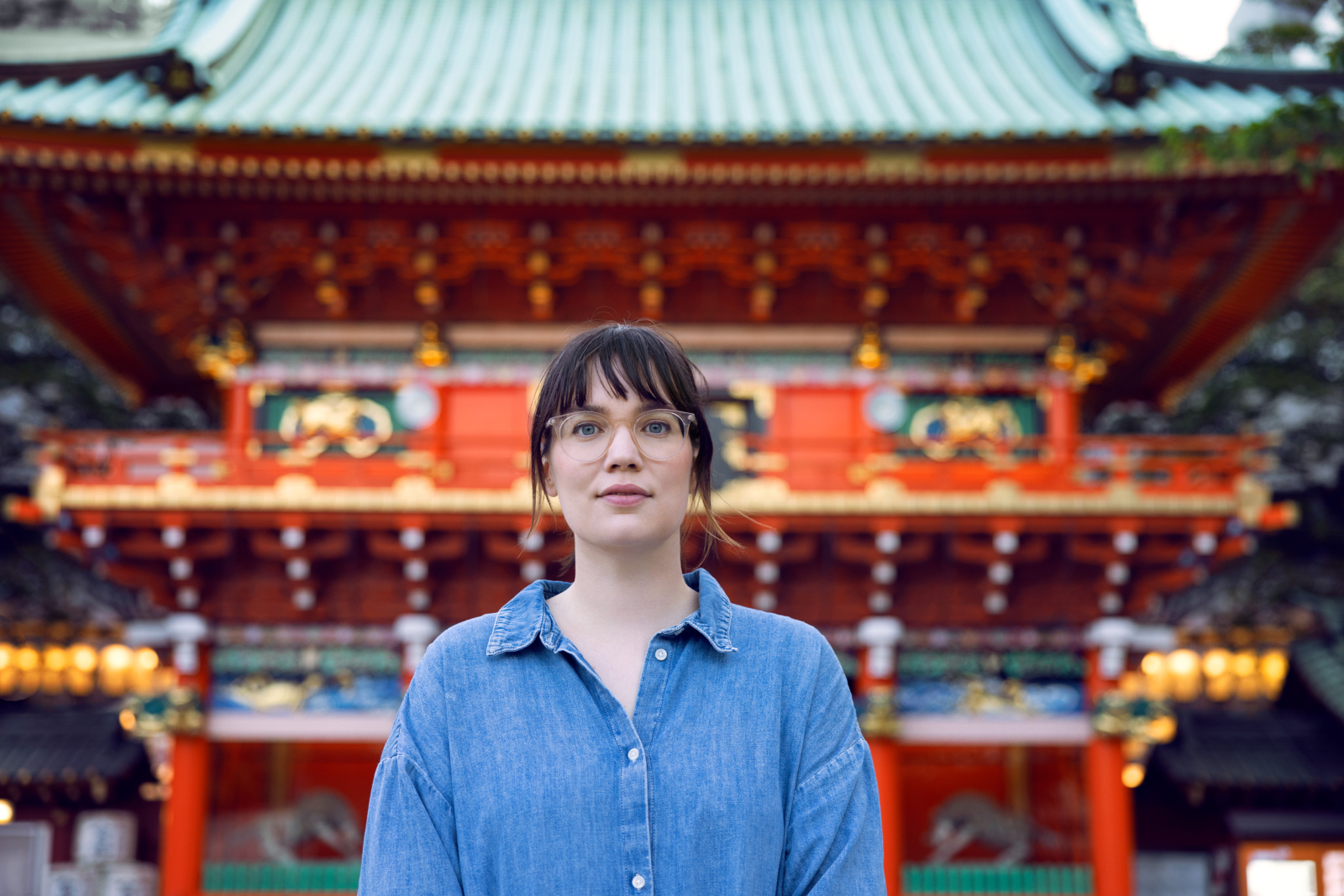
Photos and credits
Of course there has to be a nice photo to go with the piece. Newspapers are often lazy, busy or poor, so if you have your own folder of press photos, that’s handy. Now I myself have an online folder of photos that says MENTION CREDITS! on top in big letters, and so far that has worked out pretty well. But it has happened to me very regularly as a photographer that a newspaper once again posted work of mine with credits like “Privately Owned” or “Newspaper X”. By the way, this is not always particularly bad: Several times I have been able to send an invoice afterwards for this improper use. Ka-ching!
By the way, the laziest media just pluck the images from your social media. If you want to piss me off, you have to do that.
Radio and TV
Above I’ve talked mostly about print media, but if you’re going to be interviewed by radio or TV, there’s often a preliminary interview. That’s usually a phone interview with a producer, sometimes half an hour to an hour long, in which you tell all sorts of things about your new book/album/thoughts/life. Pre-interviews are often incredibly nice, and producers super pleasant. So pleasant, in fact, that after the actual interview you are left feeling slightly disappointed. Is it done already? I didn’t get to tell half of it? This took like three minutes? (If you listen to the interview the following day, it often turns out that it was actually twenty minutes after all, so um, what the hell was this time machine?!)
Although the producer has held an entire preliminary interview with you and, if done properly, also informed the hosts, it can happen that the hosts in question are of the clownish type and actually undo all the preliminary work right away. A 3FM DJ greeted me shortly after the publication of my first book with “oh, but you also don’t sound autistic at all, hahaha!”, followed by some strange assumptions about autistics and daylight saving time. Reading the back cover could have prevented all of that.
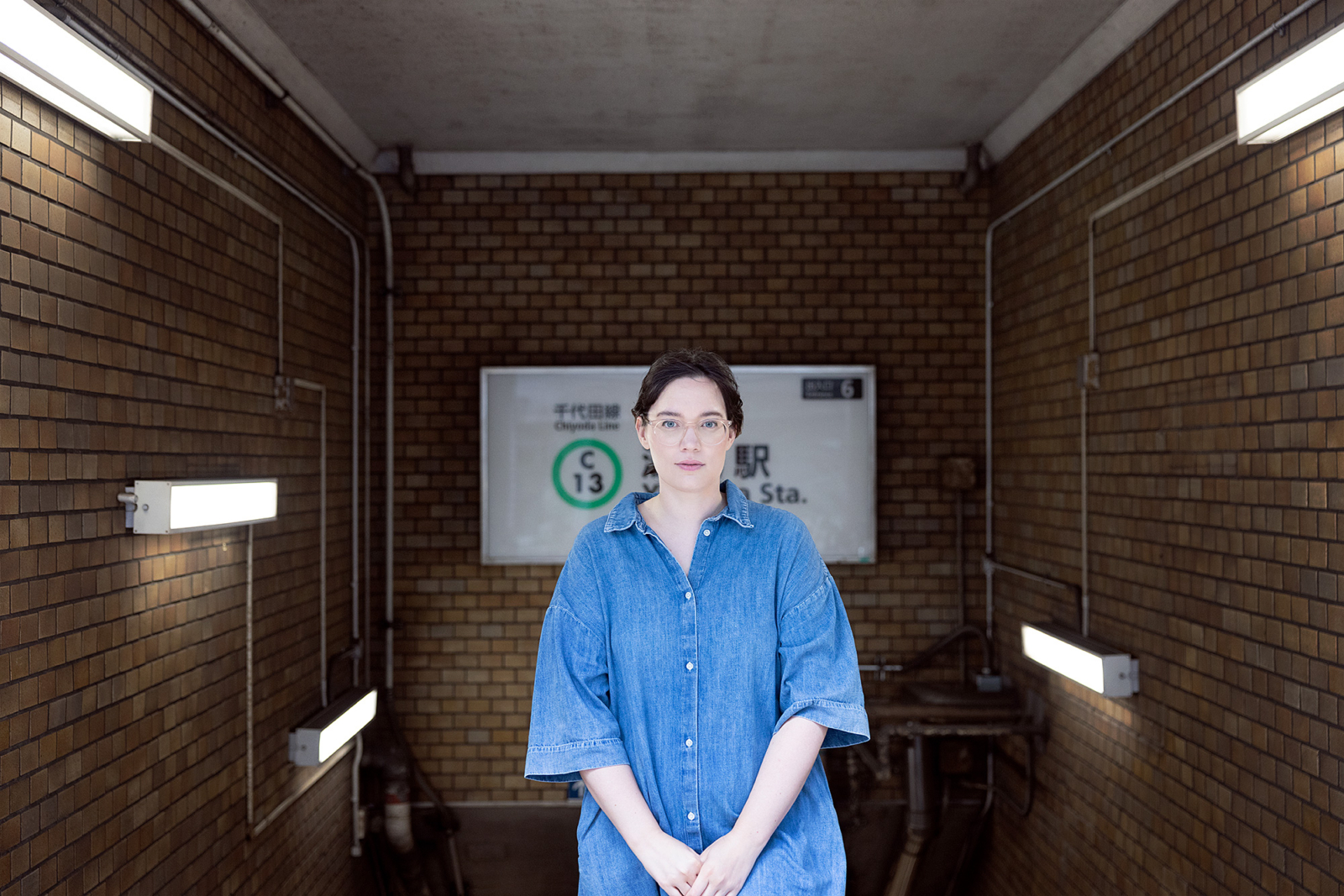
Agendas and rolodexes
And then I really only had interviews with people who had my best interests at heart. What if the interviewer has his or her own agenda? My friend Aafke Romeijn once gave an interview in which she was asked about an incident she once had with another artist. “Oh, I’m not concerned with that at all anymore,” Aafke replied, hoping the interview would be about the topic she actually wanted to discuss. “Aafke Romeijn: I never think about Artist X anymore,” the newspaper headlined, followed by a flood of angry reactions on social media, because if she never thought about it anymore, then why did she mention his name in this article? Did she perhaps want to piggyback on his success?
One of my favorite TV interviews of all time is a conversation between controversial Canadian psychologist Jordan Peterson, and Channel 4’s Cathy Newman. Whatever you think of Peterson, Newman is so in search of a gotcha in the conversation that her “so you’re saying…?” has become a real meme.
As I said, I fortunately haven’t experienced such misery. The only thing I occasionally see is angry comments on social media. “How can she have autism and be sitting there talking about it?!”, or another familiar complaint: “Why do we see the same faces all the time?!”. But as mentioned earlier, editors are often lazy or busy, so when they need someone to talk about autism, they take the path of least resistance and call the autistic person they already know. Fine for me, especially if I have a new book to promote, but I also regularly forward them to new people, because as the saying goes, “If you’ve met one autistic person, you’ve met one autistic person.”
I hope I will see at least less of this type of reaction after my explanation: “Jeez, what’s with the lack of nuance?!” I don’t speak for all autistic people, and I do my best to emphasize that with nuances, ifs and buts all the time. But I don’t make those headlines. Or well, except for the ones on this blog.
Whoa, so oldschool! An RSS feed!
Save this link in your RSS reader and follow my blog however you want it – chronological, in your mailbox, in your browser... Yes, the past is here!
https://www.toeps.nl/blog-en/feed/